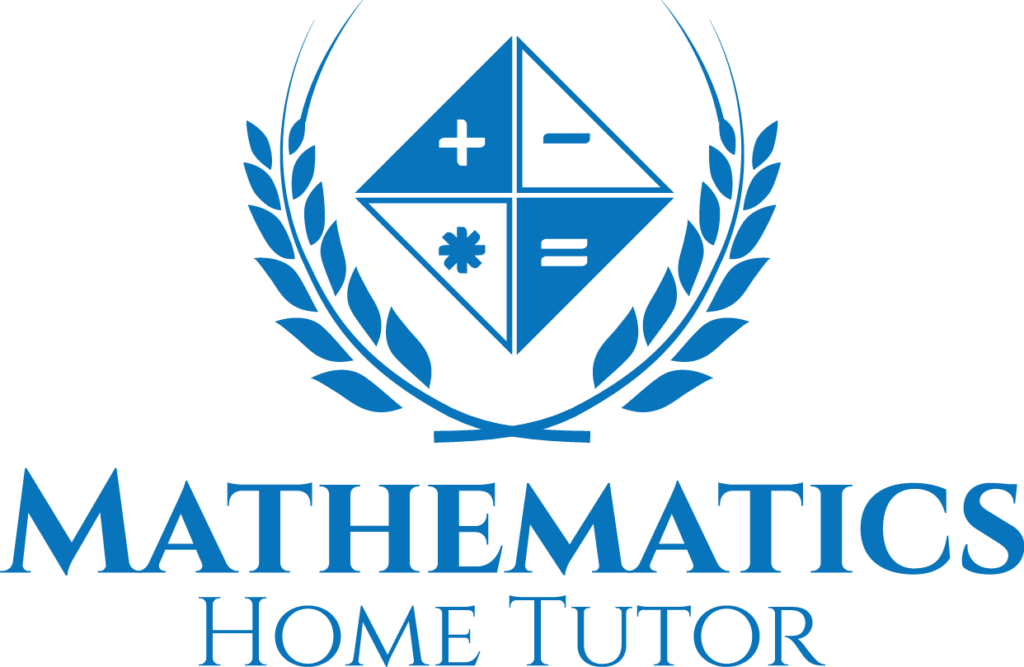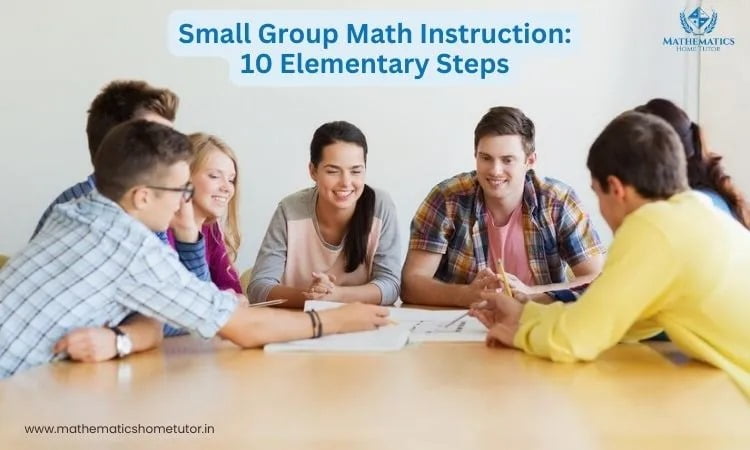Small group math instruction is just one proven teaching strategy used to help students master basic math concepts in a focused, individualized setting. This enables teachers to cater to individual learning needs, promote and experience participation, and provide immediate feedback. This article will explore the top 10 steps for small group math instruction in the elementary classroom, as well as share tips and strategies to make your small group system work.
1. Select Suitable Skills
2. Encourage Active Participation -
3. Offer Timely Feedback
4. Differentiated Learning
5. Utilize If... Then... Charts
6. Organize Groups Thoughtfully
7. Assessment Magic
8. Celebrate Success Stories:
9. Structure for Success
10. Targeted Groups, Focused Goals
Customize your instruction and target the unique needs of each instructional group, and establish clear goals that students can work towards. With purposeful teaching, this approach not only enriches students and capitalizes on existing knowledge, but also provides a new lens through which to explore the material. With the power of goals, teachers can set up and revisit the goals on a regular basis to help instruct and make sure that each session is quality and building towards math re-enforcement, both culminating in better math-practices outcomes.
Conclusion
Small Group Math instruction can have a huge impact on student learning by providing support and increasing collaboration among students. From the Mathematics Home Tutor, these ten steps in these five areas guide teachers in the task of creating high-quality small group sessions to ensure math mastery. Choose appropriate competences, promote active participation, give objective feedback, and create a differentiated teaching. Use tools like If… Then… charts, organize groups carefully, and assess regularly to guide your teaching. Whether it’s celebrating small successes, organizing your small group instruction to ensure that you are well-prepared, or just setting goals, make sure your small group time is meaningful.
By utilizing these strategies, students start developing a strong foundation in math that will allow for academic success. In addition, with live math tutoring options by Shamsher Sir it will add to student learning by providing custom, real-time help to suit individual needs. The scope of live math tutoringLive math tutoring is a priceless resource, providing students with more chances for success and mastery of math concepts. To find out about live math tutoring or take part in professional development opportunities that can help you incorporate live math tutoring in your instructional approach, view additional resources and small group teaching techniques here



